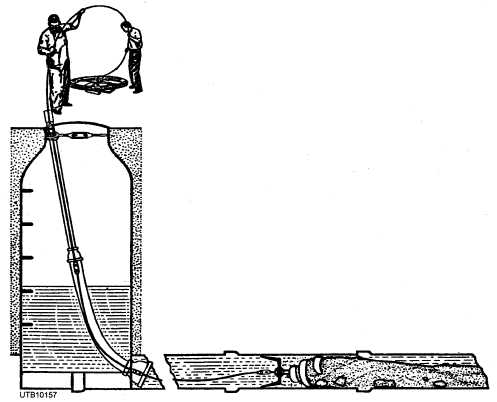
Figure 5-48. - Sand cup and auger used with flexible steel rods.
mind that once the water is turned on, any lines connected will receive high-pressure water. We do not want to turn water closets and lavatories into cool water geysers or bidets.
CLEANING
In routine sewer cleaning, the usual way is by putting a tool through the line to indicate a clean sewer, by removing partial obstructions, or by determining the necessity for a detailed job, such as grease removal, root cutting, or sand removal.
Sectional wooden sewer rods, to which a variety of end tools may be attached, have been used in sewer cleaning for many years. End tools for piercing an obstruction first, and cutters and scrapers for root and grease removal are available. Rods are pushed into the sewer from the bottom of a manhole. A device, as shown in figure 5-49, is useful for pushing the rods. Wooden rods are useful for stringing a cable through a partially obstructed sewer.
Another method of sewer cleaning is to use lightweight, spring-steel sectional rods coupled into a continuous line with several types of augers and sand cups as end tools (fig. 5-50). The tool and rod are fed into the sewer until the obstruction is reached; then the obstruction is removed by the following methods-by twisting the rod by hand, by using a small gasoline engine, or by an electric motor drive unit.
NOTE When using power-driven equipment, ensure that it is maintained under the manufacturer's recommendations.
Flushing methods described in the previous section remove all but heavy sand deposits. Accumulated sand and grit dislocated by flushing should be removed from the sewer at a manhole. A sand trap, made from a stovepipe ell and sheet metal to

Figure 5-49. - Pushing device for wooden sewer rod.
Continue Reading